In the first of this two-part look at personal eye protection, the focus was upon the legal requirements for the supply of safety eye wear. In this article, we will take a closer look at the design of safety spectacles and how each may be verified as meeting the required standard for a particular purpose.
Standards for Safety Spectacles
Any safety spectacles that are supplied must conform to the relevant British Standards, European Norms BS EN 165-172, 174, 207, 208 and 379. Details of these are summarised in table 1.
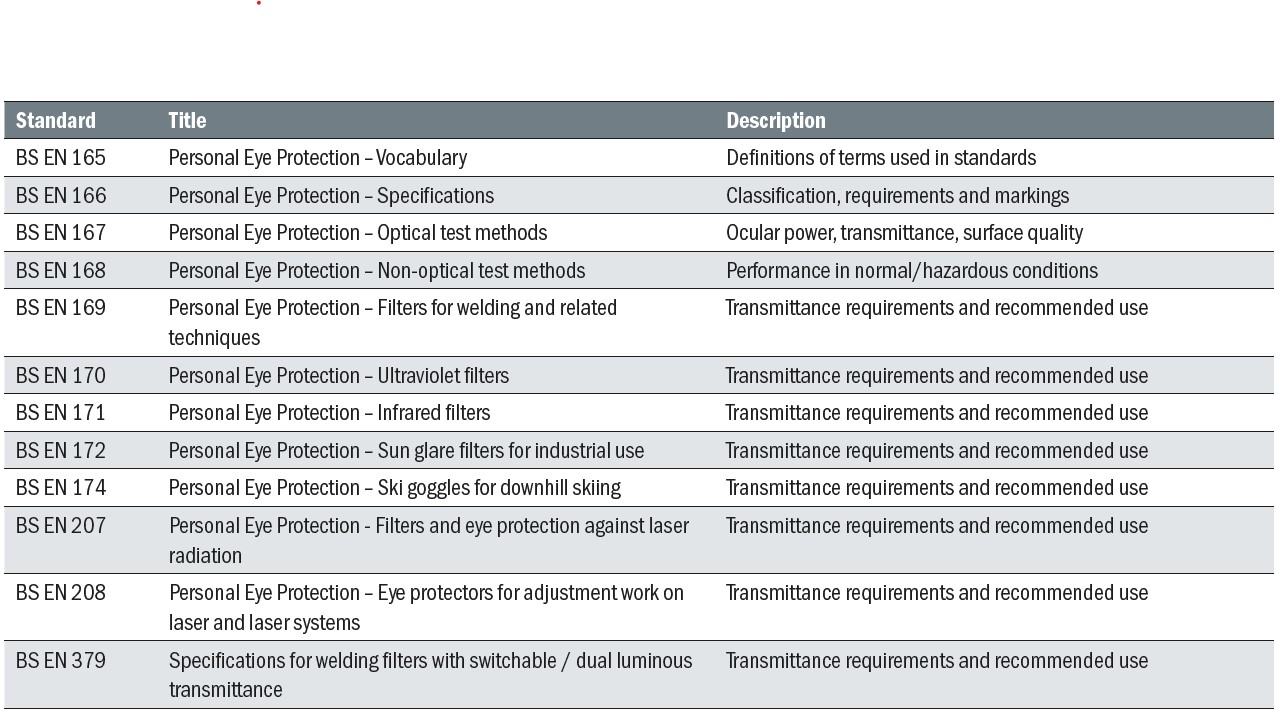 Table 1: BS EN Standards relevant to personal eye protection
Table 1: BS EN Standards relevant to personal eye protection
In routine professional eye care practice, the most important standard to have a thorough knowledge of is BS EN 166. However, practitioners may need to refer to the other standards from time to time if they encounter patients with specific occupational requirements. Student dispensing opticians can expect to be examined on any aspect of the standards, particularly 165-168, in their final practical examination and should consult the ABDO reference guide Eye Protection: safety and protective eyewear.
BS EN 166:2001
Prescription safety spectacles and other personal eye protection (PEP), when supplied, must include markings to identify the standard to which they are manufactured and the hazards they are intended to protect against. EN 166 specifies the permanent etched markings (letters, numbers and possibly symbols) which must be applied to safety frames and oculars. (Oculars is the term used for the part of the appliance that the patient looks through and includes prescription lenses, one-piece plano lenses and transparent plastic/mesh components of face shields etc). While these symbols can seem daunting at first, they are arranged in a specific order to make them as simple to read as possible.
Frame markings
Frame markings must include the following, as appropriate to purpose:
- Identification of the manufacturer
- Reference to the standard EN166
- Field(s) of use (where applicable)
- Symbol for increased robustness/resistance to high-speed particles/extremes of temperature (where applicable)
- Symbol indicating that the eye-protector is designed to fit a small head
- The highest ocular scale number(s) compatible with the frame (where applicable)
Figure 1 shows markings that might appear on the side of a safety frame. The markings shown are H EN166 4 F H. These represent the following:
- H (first H in this example); the manufacturer’s mark (Hilco in this case)
- 4; designates a goggle suitable for large dust particles
- F; designates that the frame is tested against low energy impact from high-speed particles
- H (second H); denotes that the frame is suitable for a patient with a small head
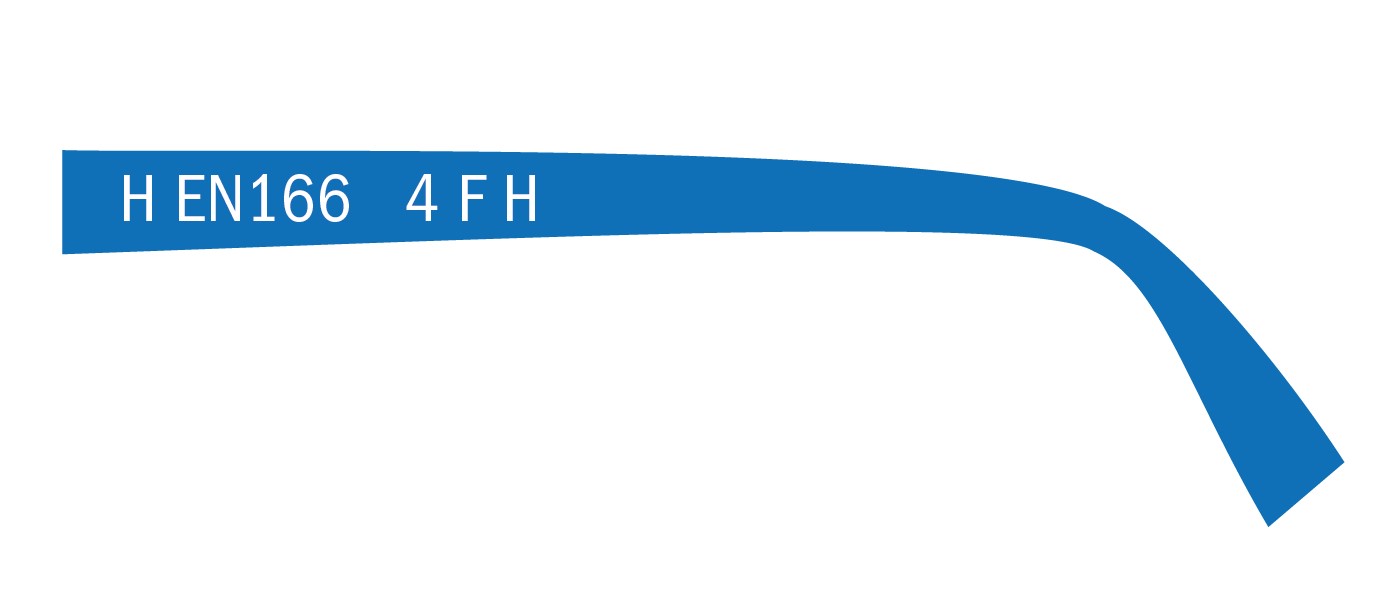 Figure 1: Markings found on safety frames
Figure 1: Markings found on safety frames
Lens markings
Oculars have a wide range of markings depending on their intended use, although many of the markings are not to be found on prescription eyewear since this does not offer a high level of protection compared to face shields.
Figure 2 illustrates the markings to be found on oculars at locations a to j as follows:
a. Scale number (filters only)
- 2 = Ultraviolet (UV) filter – colour recognition affected (EN 170)
- 3 = UV filter – colour recognition unaffected (EN 170)
- 4 = Infrared (IR) filter (EN 171)
- 5 = Filters for sunglare without IR specification (EN 172)
- 6 = Filters for sunglare with IR specification (EN 171 & 172)
Further codes relate to light transmission eg 3-1.2
- 1.2: Between 74.4% and 100%
- 1.7: Between 43.2% and 58.1%
- 2.5: Between 17.8% and 29.1%
- 3.1: Between 8% and 17.8%
b. Identification of manufacturer (for example, H = Hilco, N = Norville, UV = Uvex)
c. Optical class. Note that all prescription eyewear and plano PEP intended for regular use is always Class 1
- Class 1 +/-0.06D 0.75Δ Base Out, 0.25Δ In, 0.25Δ Vertical; high quality for regular use
- Class 2 +/-0.12D 1.00Δ Base Out, 0.25Δ In, 0.25Δ Vertical; occasional use
- Class 3 +0.12D / -0.25D 1.00Δ Base Out, 0.25Δ In, 0.25Δ Vertical; low quality for rare use
d. Symbol for mechanical strength (where applicable) as specified in BS EN 168:2001 section 3.2.
- No symbol = minimum robustness; withstands force of 100 Newtons (supports ~10kg weight) loaded through a 22mm ball bearing
- S = increased robustness; withstands 22mm (43g) ball bearing dropped from 1.3m at 5.1ms-1
- F = low energy impact; withstands 6mm ball bearing at up to 45ms-1
- B = medium energy impact; withstands 6mm ball bearing at up to 120ms-1
- A = high energy impact; withstands 6mm ball bearing at up to 190ms-1
- T = suitable for use at extreme temperature (-5ºC to +50ºC) in conjunction with F, B or A
e. 8:Resistance to short circuit electric arc (where applicable)
f. 9: non-adherence of molten metal and resistance to penetration of hot solids (where applicable). Other style and protection ratings include 3: liquid splash protection; 4: protection from dust particles over 5 microns; 5: protection from dust particles under 5 microns, gas, smoke, vapour.
g. K: resistance to surface damage by fine particles (where applicable); in other words, scratch resistance
h. N: resistance to fogging (where applicable)
i. R: enhanced reflectance (where applicable)
j. ∇: symbol for replacement ocular (O for original). Note that this marking is optional
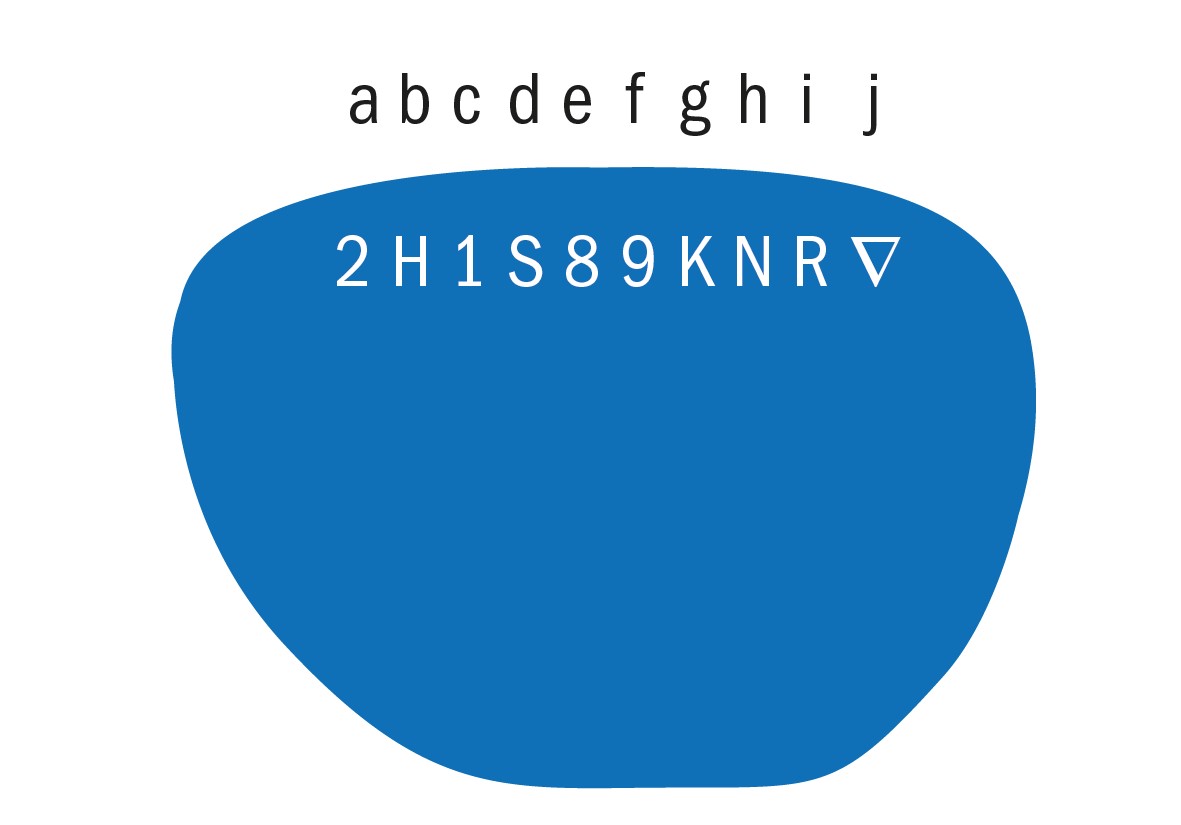 Figure 2: Illustrative lens markings (not all specifications are available on all types of ocular)
Figure 2: Illustrative lens markings (not all specifications are available on all types of ocular)
Prescription Personal Eye Protection Lenses
There are a number of terms that need to be considered when describing personal eye protection lenses.
Minimum robustness
Minimum robustness lenses (no symbol) are, at least in terms of impact resistance, essentially standard glass or plastic (CR39) lenses and offer a minimal level of impact resistance equivalent to a force of 100 Newtons. For full details of the test method can be found in EN166. They are generally restricted to certain specialist filter lenses where the tinting process (eg didymium lenses used by glass blowers and lenses offering x-ray protection) is not compatible with processes that further increase robustness, or where sunglare protection is required without increased robustness.
Increased robustness
Increased robustness lenses (symbol S) are made thicker than standard glass or CR39 lenses to improve their tensile strength. They must withstand the drop ball test. In this test, a 22mm, 43gram, ball-bearing is dropped from a height of 1.3m and reaches 5.1ms-1 before impacting on the lens under test. Glass lenses require additional treatment and are either toughened or laminated. Glass safety lenses are relatively expensive and very much heavier than the alternatives. They do, however, have by far the greatest resistance to abrasion and safety officers may specify them in certain environments, such as paper mills where employees are routinely exposed to abrasive dust in the atmosphere (figure 3).
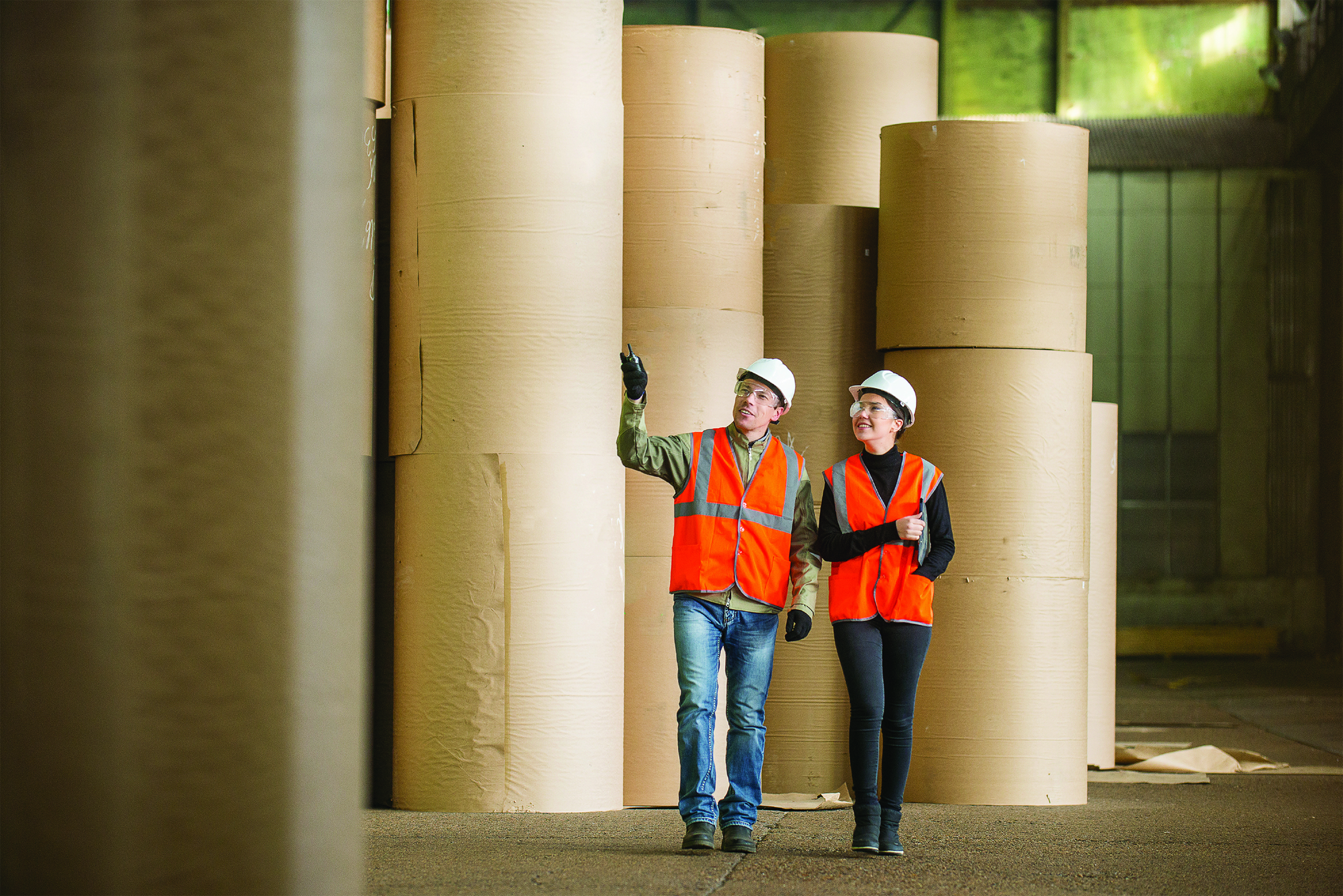 Figure 3: A paper mill, an environment where the need for resistance to abrasion may favour glass safety lenses
Figure 3: A paper mill, an environment where the need for resistance to abrasion may favour glass safety lenses
Thermal (heat) toughening is the usual method of toughening glass prescription lenses in the UK. The edged lenses are heated to their softening point (around 650ºC) and then cooled rapidly creating a compression envelope around the lens. The increased impact resistance is largely due to the increased thickness; however, the principal benefit of the toughening process is that, when broken, the lens does not break into sharp splinters but relatively blunt pieces that are less likely to cause serious lacerations. The side windows in most cars are made from thermally toughened glass and the blunt pieces can often be seen on the kerbside in high crime areas (figure 4).
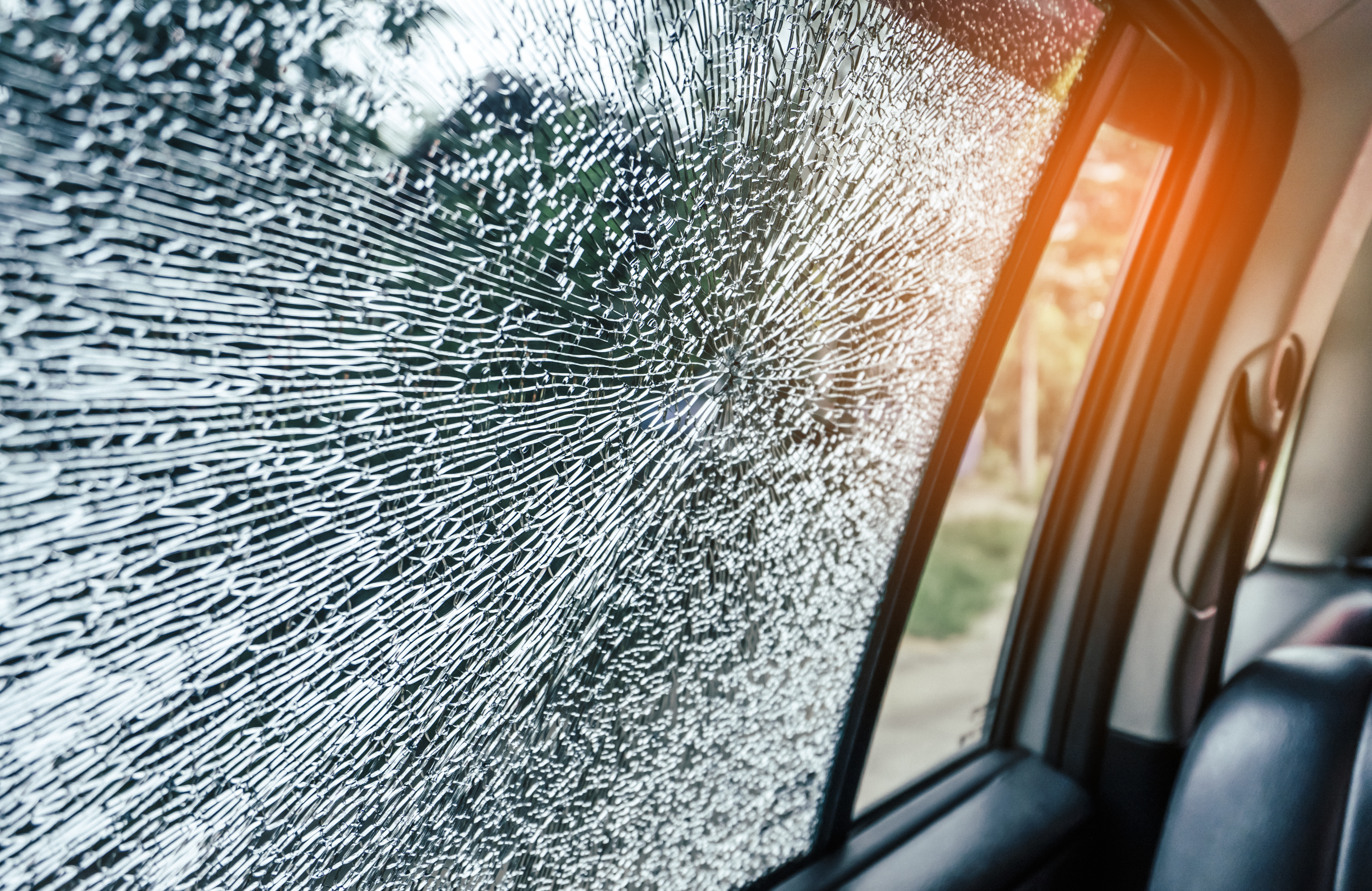 Figure 4: The side windows in most cars are made from thermally toughened glass
Figure 4: The side windows in most cars are made from thermally toughened glass
Plano glass lenses, especially those used in premium quality sunglasses, tend to be toughened using chemical means. This is also the main method of toughening prescription lenses in the United States where it has been a legal requirement to toughen almost all glass lenses since the 1970s. The cut lenses are immersed in a salt bath consisting of 99.5% potassium nitrate and 0.5% silicic acid at 470ºC. The ion exchange chemical toughening process itself increases the impact resistance of the lens and a key benefit is that the lens can be made as thin as non-toughened glass lenses and therefore is not as heavy as an equivalent thermally toughened lens.
A third protective glass option is laminated lenses, where a plastic layer, usually cellulose acetate, is sandwiched between two layers of glass (figure 5). When broken tiny pieces of glass may be projected in the direction of the user, however in general the glass remains adhered to the plastic layer and because the ocular remains intact the projectile is less likely to impact the user. Car windscreens are made of laminated glass, and fans of emergency services TV shows and drivers who have witnessed motor accidents will be familiar with the shattered windscreen staying in one piece and the added protection this affords. Prescription laminated lenses are something of a rarity, at least partly because they are difficult to glaze requiring the bevel to be entirely within the glass element to prevent the lamination breaking down easily.
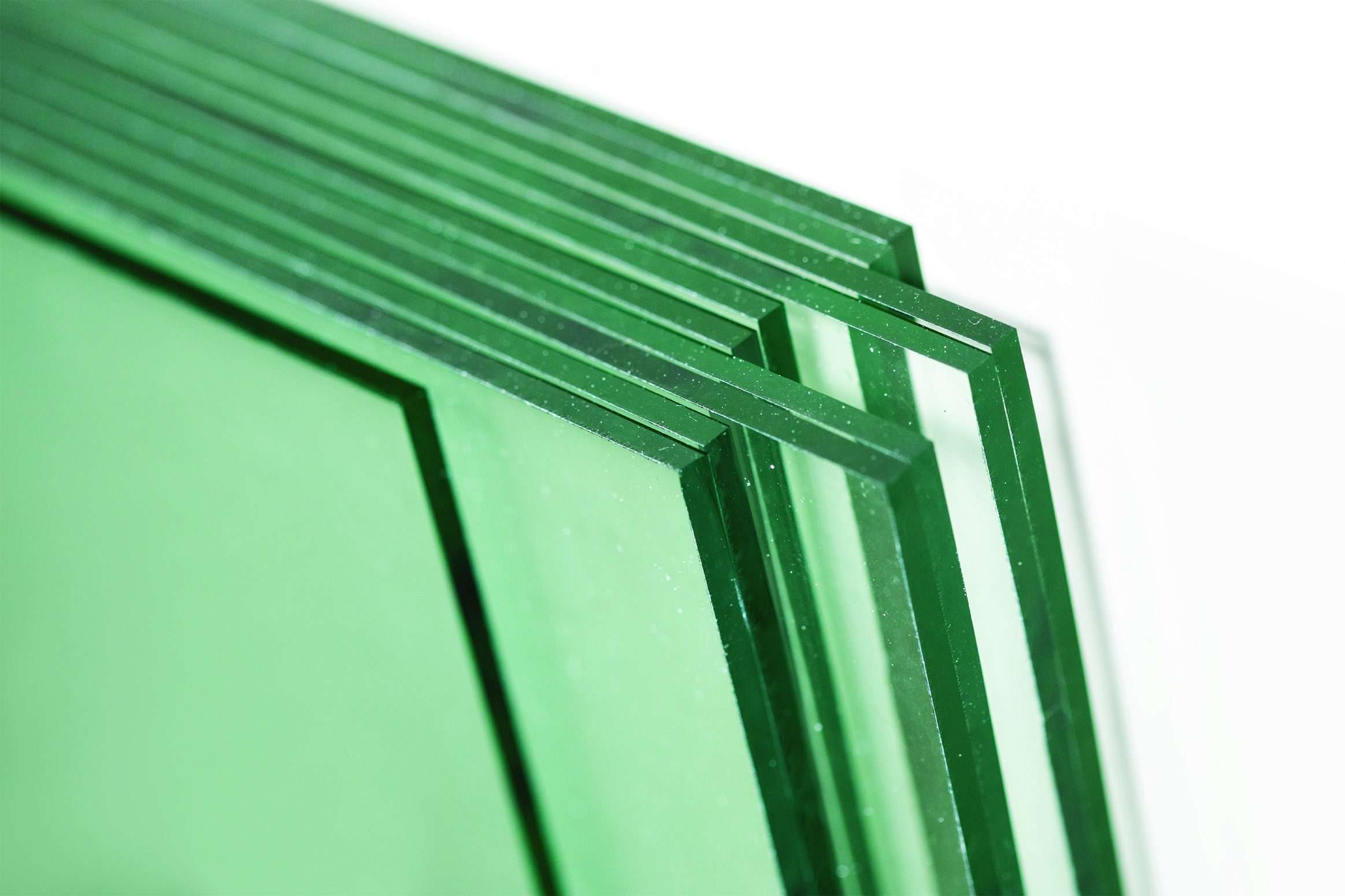 Figure 5: Laminated glass with a plastic central layer
Figure 5: Laminated glass with a plastic central layer
In terms of prescription lenses, the other option with increased robustness is CR39 surfaced to a greater thickness than standard. Increased robustness lenses are called for where an employee is not involved in hazardous work themselves but may walk through an area where hazardous work is taking place. Workers who are involved in the use of tools and machinery that present an ocular hazard will require prescription eyewear that is resistant to low energy impact.
Low to high energy impact
Low energy impact resistance (symbol F) lenses are the highest level of impact resistance available in prescription safety spectacles. Frame and lenses must withstand the impact of a 6mm ball-bearing fired at a velocity of 45ms-1 (approximately 100 miles per hour) from the side and front respectively. The most common lens material used to meet this standard is polycarbonate. However, increased chromatic aberration due to the low Abbe number (31) is not tolerated by some patients and so Trivex lenses (Abbe number 45) are increasingly used.
If a higher level of impact resistance is required, then the patient should be supplied category F prescription eyewear and an additional form of eye protection to the required standard.
Medium energy impact devices (symbol B) devices must protect against the test projectile travelling at 120ms-1 and include goggles and face shields.
High energy impact devices (symbol A) must protect against the test projectile travelling at 190ms-1 (approximately 400 miles per hour). As personal eye protection this can only be achieved using face shields. If a prescription is required, then category F safety spectacles should also be supplied.
Conclusion
This short article cannot really do justice to this important subject and should be read in conjunction with the previous articles on visual task analysis and the relevant BS EN standards listed. Personal eye protection needs to be higher on the agenda of patients and practitioners if avoidable accidents and unnecessary sight loss are to be prevented.
The evidence suggests that the majority of eye-related A&E visits are caused by either a complete absence of eye protection, or where it has been used it is ill-fitting or insufficient. There is considerable opportunity to obtain more complete history and symptoms from patients, beyond the usual occupation and hobby requirements, and evaluate the risk of other activities including chores such as DIY. With a comprehensive task analysis, there will then be considerable opportunity to help more patients to reduce the risk of sight threatening ocular injury and fulfil our obligations to put the patient our first and over-riding concern.
- Peter Black MBA FBDO FEAOO is senior lecturer in ophthalmic dispensing at the University of Central Lancashire, Preston, and is a practical examiner, practice assessor, exam script marker, and past president of the Association of British Dispensing Opticians. Tina Arbon Black BSc (Hons) FBDO CL is director of accredited CET provider Orbita Black Limited, an ABDO practical examiner, practice assessor and exam script marker, and a distance learning tutor for ABDO College.
Useful Reading
- Thompson A J, Mollan S P. Occupational eye injuries: a continuing problem. Occupational Medicine. 2009; 59: 123-125. Available from: https://academic.oup.com/occmed/article/59/2/123/1386426?login=true Accessed 4th August 2021.
- Opticians Act 1989. Available from: https://www.legislation.gov.uk/ukpga/1989/44/contents Accessed 4th August 2021.
- The Personal Protective equipment at Work Regulations 1992. Available from: https://www.legislation.gov.uk/uksi/1992/2966/contents/made Accessed 4th August 2021.
- Health and Safety at Work Act 1974. Available from: https://www.legislation.gov.uk/ukpga/1974/37/contents Accessed 4th August 2021.
- Association of British Dispensing Opticians. Advice and Guidelines C4.17.2. 2020 Available from: https://www.abdo.org.uk/regulation-and-policy/advice-and-guidelines/clinical/sale-and-supply-of-spectacles/ Accessed 4th august 2021.
- British Standards Institution. BS EN 166: 2002 Personal eye-protection-Specifications. London: BSI;2002.
- British Standards Institution. BS EN IS0 18526-1:2020: 2002 Personal eye-protection. Optical test methods. London: BSI;2002.
- British Standards Institution. BS EN 168: 2002 Personal eye-protection. Non-optical test methods. London: BSI;2002.
- British Standards Institution. BS EN 169: 2002 Personal eye-protection. Filters for welding and related techniques. Transmittance requirements and recommended use. London: BSI;2002.
- British Standards Institution. BS EN 170: 2002 Personal eye-protection. Ultraviolet filters. Transmittance requirements and recommended use. London: BSI;2002.
- British Standards Institution. BS EN 171: 2002 Personal eye-protection. Infrared filters. Transmittance requirements and recommended use. London: BSI;2002.
- British Standards Institution. BS EN 172: 1995 Specification for sunglare filter used in personal eye-protectors for individual use. London: BSI;1995.
- British Standards Institution. BS EN 174: 2001 Personal eye-protection. Ski goggles for downhill skiing London: BSI;2001.
- British Standards Institution. BS EN 207: 2017 – TC Personal eye-protection equipment. Filters and eye – protectors against laser radiation (laser eye-protectors). London: BSI;2020.
- British Standards Institution. BS EN 208: 2009 Eye-protection. Eye protectors for adjustment work on lasers and laser systems (laser adjustment eye-protectors). London: BSI;2005.
- British Standards Institution. BS EN 379:2003+A1:2009 Personal eye-protection. Automatic welding filters. London: BSI;2003.
